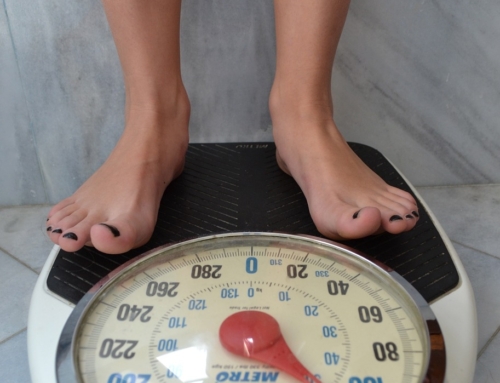Summer is suddenly here and with an Oklahoma vengeance of high heat index. It is easy to get overheated with this type of heat and you need to know the signs of a heat stroke but more importantly how to prevent one.
I recall an incident when I was in college when I was taking a scuba diving lesson in a swimming pool on a very hot day when suddenly the instructor suddenly crumpled and became very confused. While I had no medical training, I knew enough that this lady was in trouble. I jumped out of the pool and doused my towel in water and instantly draped her while sending someone to get help (can you believe we actually didn’t have cell phones back then? ). Turns out she had a heat stroke. The most important part of a heat stroke is preventing it because once you have had one you are very prone to having them again because of damage to the thermoregulatory system. I was speaking to a gentleman this week about his experience with a heat stroke that occurred years ago while doing a triathalon (so clearly in incredible shape) and like everyone who has ever had a heat stroke he is incredibly vulnerable to the heat and is at high risk for having a repeat incident if he isn’t very proactive.
READ ON to learn indicators that you are getting over-heated, what to do if you are and the 6 best ways to avoid heat-stroke and stay hydrated this summer….. (and it’s not just about drinking water)
When you are outside having a great time or doing something active it is easy to get busy and not hydrate and overlook signs that you are overheating. First, you need to understand the symptoms/signs of a heat stroke so you can keep yourself out of trouble or be able to help someone else recognize the issue.
-
- Headache
- Dizziness and confusion.
- Nausea or feeling sick
- Excessive sweating and pale, clammy skin.
- Cramping (legs/stomach etc)
- Rapid heart rate or pulse
- Suddenly very thirsty
- Urine is very dark (this is a sign of dehydration)
If you start experiencing any of these symptoms you should do these steps (or help the other person do these)…
- Get to a cool place (air-conditioning is best but at the very least the shade)
- Drink cool fluids with electrolytes. Sport drinks will work in a pinch but if you are prone always have electrolyte powder or tablets with you.
- Loosen any tight clothing
- Use ice packs, take a cool shower/bath, put cool wet towels on your skin
- Seek medical attention if you aren’t feeling better in an hour or symptoms are severe
The best way to treat a heat stroke is to prevent it in the first place. There are some simple preventative things to do so incorporate these into your summer routine.
- Wear a hat. Consider ones with some ventilation and wide brims.
- This starts before you go outside and continues hourly while outside. Don’t wait until you are thirsty because you are already dehydrated by the time that occurs. Water is preferable but if you can’t stand water then try some of the flavored varieties, weak tea or even iced coffee (caffeine free is best).
- Replenish electrolytes throughout the day. Don’t wait until you finish your activity to do this. Do it before you go outside or during your activity. I like the electrolyte tablets and powder although you can certainly reach for the sport drinks if needed just keep in mind they have a lot of sugar. If you are very sensitive to the heat, consider sport products like GU (without the caffeine) and use them throughout your activity. The electrolytes are more concentrated and when combined with drinking water can be very helpful.
- Eat more water-rich foods like watermelon, cucumbers, lettuce, grapes, peaches, cantaloupe to name a few.
- Avoid alcohol and high caffeine drinks
- Take frequent breaks and find shade as often as possible
Stay safe this summer!
To your health,
Laura









